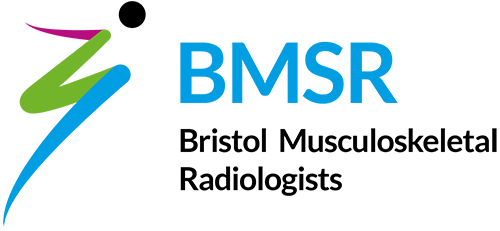Novel Tendon Treatments
Tendons are the fibrous connective tissues that connects your muscles to your bones. An athletic and active lifestyle places a lot of strain on these structures.
Tendinopathy is a broad term encompassing painful conditions occurring in and around tendons in response to overuse. Recent basic science research suggests little or no inflammation is present in these conditions. Please discuss with your doctor to see if the traditional treatment that are aimed at controlling inflammation, such as corticosteroid injections and non-steroidal antiinflammatory medications will be an effective options or whether our novel tendon treatments will suit your condition.
Your BMSR radiologist is equipped to deal with these difficult injuries using the following management strategies, which are performed under ultrasound guidance.
Dry Needling
This technique is performed under ultrasound guidance and involves needle insertion into the area of tendon abnormality. Repeated puncture of the area with the needle is then performed. The technique causes local bleeding into the tissue and subsequent release of ‘natural growth factors’ and the stimulation of an inflammatory healing response. The theory is that this healing response helps to both promote repair and increase the strength of the tendon.
The technique sounds painful, although this is rarely the case as the affected tendon is bathed with local anaesthetic. A small amount of steroid may also be injected around the affected area at the same sitting and with the same needle as used for the needling.
At BMSR, we have had success treating patellar tendinosis (Jumper’s knee), lateral epicondylitis (tennis elbow), medial epicondylitis (golfer’s elbow) and plantar fasciitis.
Brisement/percutaneous Hydrostatic Decompression for Achilles Tendinopathy
When evaluating the painful Achilles tendon with ultrasound, the radiologist frequently makes note of abnormally oriented blood vessels that form within and around the substance of the tendon. Anatomists will tell you that wherever there is a blood vessel there is also an accompanying nerve. It is the development of these abnormal nerves that is thought contribute to the pain associated with Achilles tendinopathy.
The procedure involves an ultrasound-guided injection of a high volume of fluid (normal saline and local anaesthetic), which is distributed around the tendon. It is essentially a physical method of disrupting these abnormal nerves and blood vessels that have developed within the affected area. Following the procedure, the radiologist will actually see a reduced number of blood vessels in the area. This denotes a technically successful procedure and hopefully a less painful tendon (as the nerves are also disrupted). It is then possible to rehabilitate the tendon further with effective remedial exercises.
Platelet-rich plasma injections (PRP)
This is a relatively new technique and is particularly popular in the sports medicine. It is especially useful in the treatment of tendinopathy and muscle injuries.
The procedure ultilses platelets from the patient’s own blood to rebuild a damaged tendon or muscle. It has been successful in not only relieving the pain, but also in ‘jump-starting’ the healing process.
Platelets are constituents of blood that are involved in the clotting of blood and in inflammatory processes. Platelets contain a high ‘dose’ of growth factors and other bioactive proteins such as cytokines and chemokines. The theory behind the procedure is that these factors and substances can be delivered directly to damaged tissue to help improve repair and regeneration processes.
Your own (autologous) blood is used and is first collected by venesection, the same procedure used in blood tests or blood donations. The site of the venesection is usually a large vein in your elbow. Up to 20mL of blood may be collected. This blood is then spun down in a centrifuge to separate the components. The process takes 15 minutes. The platelet PRP is then harvested; depending on your injury, up to 2-8mL of PRP will then be extracted from the centrifuged blood. The PRP will then be injected into the damaged tendon or muscle under ultrasound guidance.
|
As with all needle-stick interventions there are certain precautions, risks and complications which your BMSR Consultant will explain to you before carrying out the treatment (Read more on precautions, risks and complications).
|







